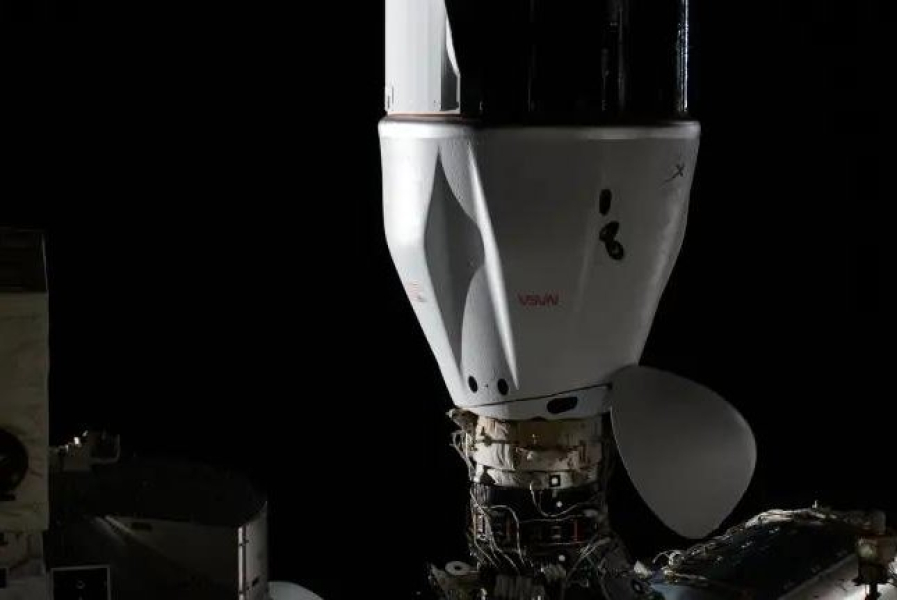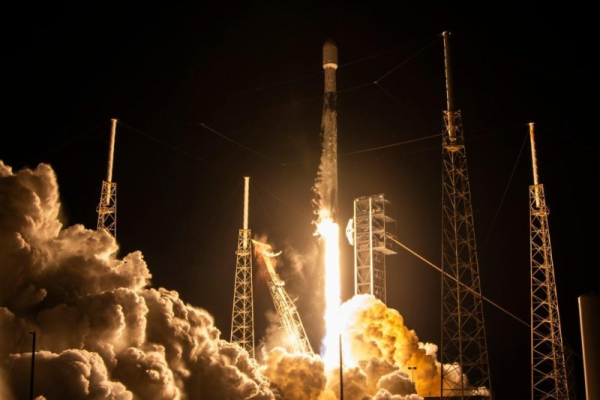
Adverse weather conditions have delayed the return of SpaceX's Dragon spacecraft to Earth from the International Space Station until at least Friday.
The SpaceX Dragon was scheduled to depart the ISS for its return flight to Earth on Thursday at 12:05 p.m. ET.
The spacecraft was scheduled to land off the coast of California on Friday, but weather conditions at the landing zone were unfavorable, NASA said Thursday.
NASA representatives are studying the meteorological situation and have postponed the launch of the SpaceX Dragon spacecraft from the ISS until at least Friday.
The space agency will announce a new departure date and time when weather conditions improve.
SpaceX's unmanned Dragon spacecraft will carry out important scientific experiments from the International Space Station that could impact future space exploration.
The ship will transport tons of scientific samples obtained as a result of experiments conducted on the ISS, as well as equipment that several ISS crew members will load onto the SpaceX Dragon ship.
According to NASA, about 6,700 pounds of scientific experiments, supplies, equipment and food will return to Earth from the ISS.
Among the experiments returning to Earth is the Multi-Purpose Experiment on the International Space Station, which exposed various materials to space to study its effects on them.
Space-exposed materials include radiation detection and shielding materials, solar sails and reflective coatings, ceramic composites for re-entry vehicle research, and resins that can be used in heat shields.
Samples were also collected from the ISS's exterior to study their response to ultraviolet radiation, atomic oxygen, charged particles, thermal recirculation, and other conditions.
The equipment being returned to Earth includes the Astrobee-REACCH robots, which have successfully demonstrated the ability to grasp and move space objects of various shapes and surfaces using their tentacle-like arms and adhesive pads.
These robots could be used to grab and move debris and other objects in orbit, as well as to extend the life of satellites.
Dragon had been docked with the ISS for the past 30 days, and its departure was planned to be broadcast live by NASA.
Once the spacecraft eventually leaves the ISS, staff at SpaceX's Mission Control Center in Hawthorne, California, will control it remotely until it lands off the California coast.
SpaceX Dragon's landing will not be broadcast live, but NASA will post updates on its space station blog.
SpaceX launched the Dragon spacecraft atop a Falcon 9 rocket on April 21 from Launch Complex 39A at Kennedy Space Center in Florida.
The mission is NASA's 32nd commercial resupply mission, carried out by SpaceX.
Sourse: www.upi.com





